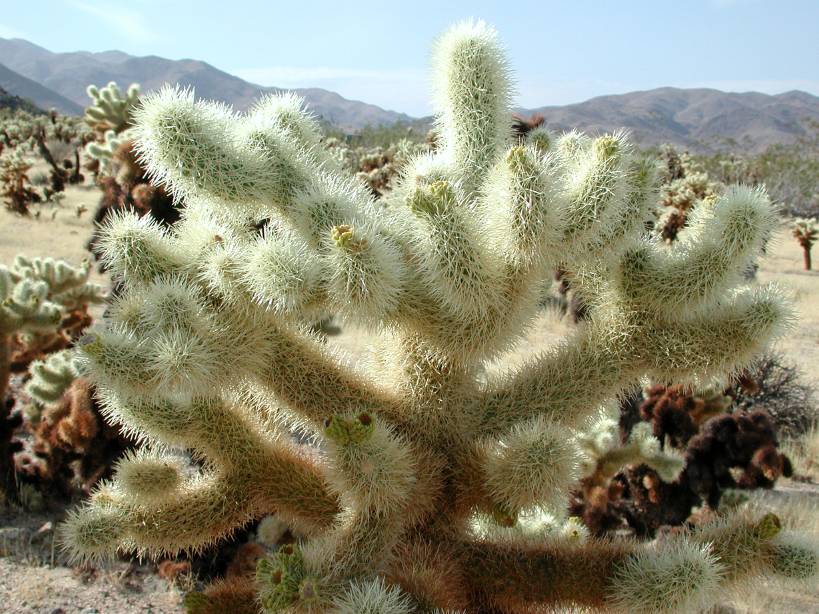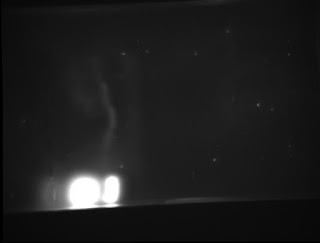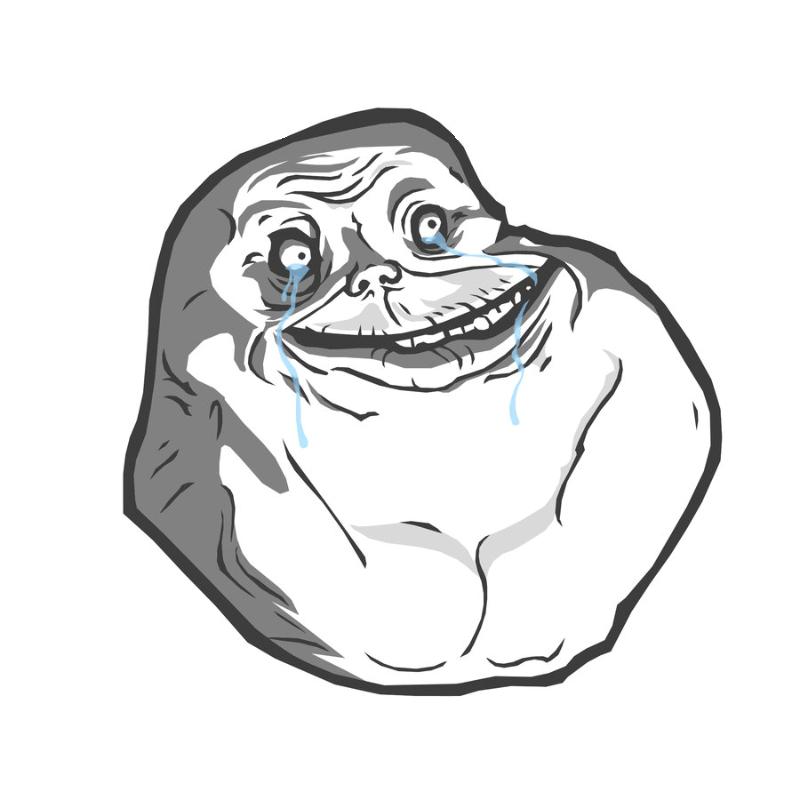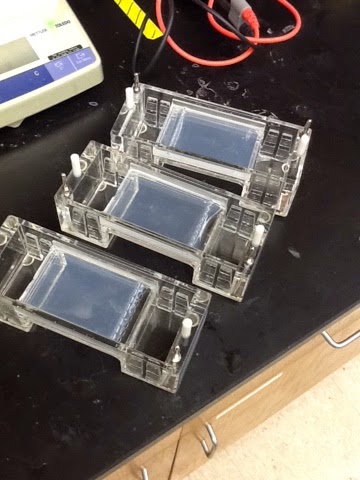I have started on the new protocol this week! The one that actually harbors DNA at the end. I am positive the reason why the DNA was not seen under the UV lighting was due to a no heating process in the first protocol, so the DNA was not absolutely dissolved. Somehow the DNA beamed up out of the gel under the UV lighting with this new protocol containing the two heating processes. Josh danced for joy while Matt was impressed with the amount of DNA shown. I could not believe that I had collected so much DNA out of my extractions. All my thanks to such a wonderful protocol.
I am now waiting to receive my primers to attempt on amplifying the ant DNA. I will be working on figuring out what specie of ant I have been collecting. I looked at my little furry friends under the dissecting-scope after defrosting them from the freezer. It turns out they have hair all over their bodies, otherwise known as setae, which are attached to nerves under their hard exoskeleton. They are to help them sense what is around them in their environment. I was also able to see their tarsi for which are the last several segments of the end of their legs. The claws at the tips of their legs are sharp enough to hold onto our skin, but too small to cause any harm.
I cannot wait to continue my research on the gene flow of ants. I think I will be also conducting DNA extractions from other insects as well. If you guys have any ideas of which insect species I should extract DNA from next, don't be afraid to mention it to me.
Here is another thing we happened to do in lab today with my fellow STEM Scholars Melisa, Bethany, & Zaira. In the STEM office, we had a red betta fish known as Olivia and she died due to a digestive block in her system. Matt assumed it was bacteria leading the way to the cause of her bloating. Bethany and I were too afraid to dissect her, so Melisa decided to dissect Olivia. Melisa (Dr. Frankenstein) had a blast while I held my nose looking through the dissecting microscope to see Olivia's guts. We were able to see the heart as well as leftover pellets (her food).





















































